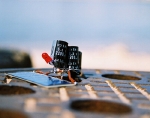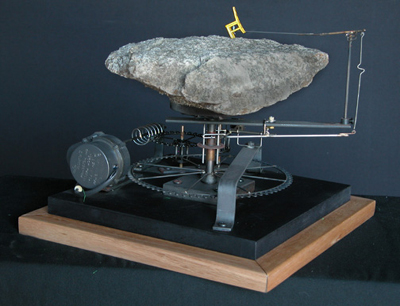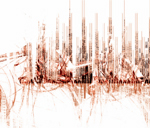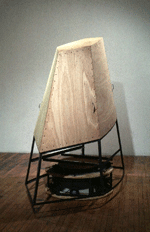About Trondheim Matchmaking
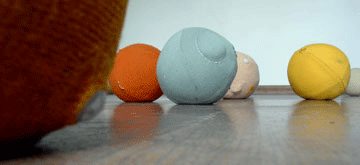



MASKIN
Trondheim Matchmaking is an annual international festival for electronic arts and new technology arranged by Trondheim Electronic Arts Centre.
The festival is a meeting point for presenting innovative ideas and artistic projects, a place to share knowledge, make contacts and learn new skills and develop resources within new technology and electronic arts. New art projects with a need for technology – new technologies with a need for substance: a place to bind together resources and competence within the field.
This year the main theme of the festival is ‘Maskin’ (Machine). A machine can be defined as a mechanical device that transmits or modifies energy to perform or assist in the performance of tasks. The subject of the festival relates to the possibilities and limitations that lies within the many technologies that we to an extending degree surround ourselves with through everyday life.
And man’s relation to them.
With the purpose of making life easier, new utensils with increasing capacities are developed. Intelligent electro-mechanical devices, robots, help us control our surroundings and manipulate nature. By time the machines have become so advanced, that they don’t only surpass the humans with regards to efficiency and precision; they even started developing human features. A term like artificial intelligence describes the ability of a machine to develop over time. Through adaptive systems they are made capable of adjusting to their surroundings. Along side with doing research on how to provide machines with more ‘humanity’, man strives to understand his own brains.
One of the areas in which research is now being done, is the possibility of recreating a synthetic version of the human mind. The mind refers to the collective aspects of intellect and consciousness which are manifest amongst others in thought, emotion, will and imagination. Neuroscience hypothesizes that consciousness is generated by the interoperation of various parts of the brain. The question is whether or not computers some day will be capable of emulating this interoperation. With an increased understanding of genetics, neuroscience and information processing, it might not be impossible. By this, will we start producing living machines? Some kind of cyborg?
The line between human and machine steadily decreases. According to some definitions of the term, the metaphysical and physical attachments humanity has with even the most basic technologies have already ‘cyborgized’ us. The star example is the human equipped with a pacemaker; without the implant, it would not survive. No matter what you define it as though; a human being equipped with inner implants, or that is making use of external prosthetic limbs, in any case moved into a twilightzone.
WELCOME!
Trine E Eidsmo
director, TEKS
